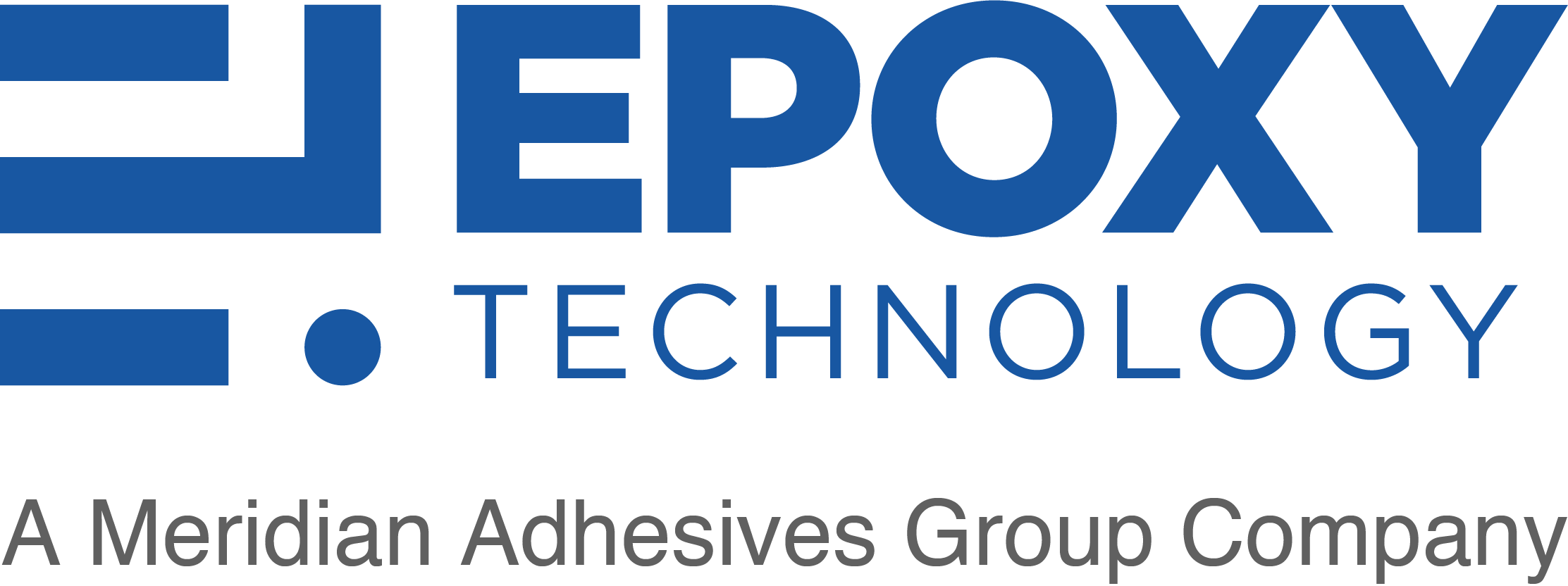Any nonconformance to specified requirements by a unit or product.
Deionized Water
Water that has been treated to remove ionized material.
Delamination
A separation between plies within the base material, or between the base material and the conductive foil, or both.
Dendritic Growth
The metallic growth between pads in the presence of moisture and an electrical bias.
Density
The weight of a material in relationship to its volume.
Dewetting
Dewetting occurs when molten solder has coated a surface and then receded, leaving mounds of solder that are irregularly shaped and are separated by areas covered with a thin solder film.
Die
Integrated circuit chip as diced or cut from the finished wafer.
Component Lead
A wire or formed conductor that extends from a component and serves as a mechanical and/or electrical connection. Leads can readily be formed to a desired configuration.
Compressive Modulus
The ratio within the elastic limit of compressive stress to corresponding compressive strain (deformation per original length). It is expressed in pounds per square inch. ASTM D695-54.
Compressive Strength
Crushing load at the failure of a specimen divided by the original sectional area of the specimen.
Compressive Strength, Ultimate
The maximum load in pounds that can be carried per square inch of cross section of the material under test.
Conduction
The thermal transmission of heat energy from a hotter region to a cooler region in the presence of a conducting medium.
Conductive
Having the quality of power of conducting or transmitting heat, electricity, or static electricity.
Conductive Adhesive
Refer to “isotropic/anisotropic conductive adhesives.”
Conductivity
Reciprocal of volume resistivity. Conductance of a unit cube of any material.
Conductor, Electrical
A class of materials-ususally metals-that easily conducts electricity. Examples include silver, copper, gold, and super-conducting ceramics
Conductor, Thermal
A class of materials-ususally metals-that easily conduct heat. Examples include copper, aluminum, and beryllia.
Conformal Coating
A thin nonconducting coating that is either plastic or inorganic and is applied to a circuit for environmental and mechanical protection.
Contact Angle
The angle between bonding material and a bonding pad. Also called the wetting angle.
Contact Printing
A type of printing where there is no gap between the stencil and the substrate.




